
Behind the Glass: Real Parent Reviews on the Best Car Seat Mirrors in 2024
Driving while ensuring the baby’s safety and comfort deserves the best possible eyes-on visibility support. With so many car seat mirror options flooding the market
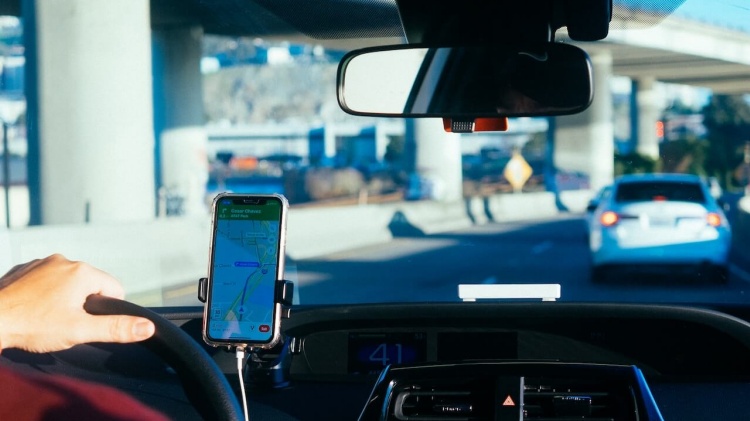
Conscientious parents naturally seek total compliance by installing accessories like car seat mirrors for monitoring child passengers.
However, navigating the patchwork of laws spanning legality, mounting limitations, size constraints and airbag proximity risks proves challenging.
This guide details federal statutes, state-by-state nuances, common misconceptions and best practice recommendations to ensure your mirror setup enables helpful visibility while respecting safety regulations across the country. Stay street legal and prevent penalties by learning what legal lens to view car seat mirrors through based on your region.
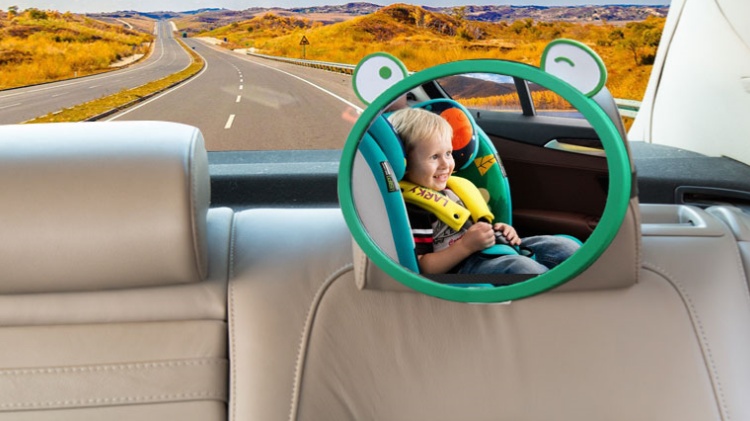
No explicit federal laws name car seat mirrors specifically as legal or illegal. However, their usage and installation fall under broader statutes:
This regulation requires unobstructed rearview visibility spanning specific zones which improperly positioned mirrors could impede and violate if completely blocking sightlines.
These standards prohibit products from hindering airbag deployment zones. Mirror contact or proximity to airbags violates safety requirements.
When properly installed without blocking driver vision or impeding airbag functionality, federal law permits the use of car seat mirrors universally across all states.
Beyond federal approval, several locale-specific statutes and nuances govern mirror allowances:
Alabama follows federal mirror regulations without any additional state-level specifications. Any compliant installation proves street legal.
Frigid temperatures mandate only non-glass shatterproof models appropriately rated for subzero Fahrenheit extremes.
Arizona permits any federally compliant mirrors but warns models darkening automatically could limit night visibility awareness for elderly drivers.
Lacking explicit car seat mirror laws, Arkansas defaults to federal legality barring airbag or sightline impediments.
CA prohibits aftermarket products impacting airbag systems without professional installation and inspection.
While minor nuances exist, no states explicitly outlaw or ban car seat mirrors altogether when properly positioned avoiding airbag and sightline conflicts. Carefully research locale-specific risks though during positioning.
Several pervasive myths regarding illegality and hazard risks spread misinformation and undue concern. Dispel myths through facts:
FACT: No state or federal law explicitly prohibits car seat mirrors. Improper installation causes issues, not mere usage.
FACT: While strongly discouraged, only COMPLETE obstruction triggers violations, not incidental positioning proximity.
FACT: Officers focus on moving violations, not monitoring interior accessories without causing offenses.
FACT: Aiming glare avoidance angles downward prevents blinding effects on external drivers.
Awareness dispelling fiction with fact-based positioning guidance prevents false perceived risks and liabilities.
Follow these specific best practices for meeting regulations during mirror setup:
Seek expert guidance especially when unsure about airbag or sensor proximity concerns in your particular vehicle make and model. Let professionals verify safe positioning.
Double-check mirrors do not fully obscure rearward visibility through the rear windshield. Move mirror to adjacent side periphery if causing conflicts.
Leave several inches minimum distance separating mirrors from airbag covers and sensors allowing full unencumbered deployment.
Check for slippage and detachment risks over bumps or acceleration which could make mirrors hazardous projectiles if dislodged while driving.
Exercising prudent precautions will keep your mirror setup meeting legal and safety expectations for confident driving without regulatory repercussions.
Improperly installed mirrors occasionally spur problems prompting common legal violations:
If your vehicle’s airbag warning lights activate unexpectedly, immediately inspect the mirrors avoiding any sensor contact.
If adjusting car mirrors still fails allowing 20ft minimum sight distance described in regulations, modify supplemental mirrors likely impeding visibility zones.
If mirrors detach striking passengers or surfaces, review and rectify mounting integrity with reinforced adhesives, wider straps and sturdier hardware.
Carefully diagnosing the root triggers helps efficiently resolve issues before citations, injuries or other mirror-related risks arise.

No particular brands or styles exist considered definitively illegal. Only individual installations violating sightline or airbag conventions create non-compliance.
Local jurisdictions differ, but typically failing inspections prompting warnings provide opportunities to remediate issues before fines apply for disregarding guidance.
Suction cups enable convenient repositioning but long-term adhesion reliability proves questionable. Seek expert guidance vetting their legality relative to slippage projectile potential.
Generally mirrors fall under standard policy liability assuming no modifications substantially alter vehicle dynamics or associated risk factors.
Installing car seat mirrors legally just requires prudent positioning to avoid airbag proximity, slippage risks or sightline limits. While regulations universally allow mirrors to augment visibility, incorrect installations cause complications and citations.
Seek professional guidance verifying optimal positioning compliance for your vehicle in relevant jurisdictions. Stay street legal with proper placement so mirrors enhance driving awareness, no penalties!
Analyzing regulations governing car seat mirror usage internationally reveals slightly differing allowances and restrictions:
UK law requires professionally certified installation for interior mirrors given more stringent airbag deployment zone mandates. Aftermarket mirrors undergo inspections ensuring legal compliance.
Additional rearview mirrors require approval verifying no sightline impediment, especially around large vehicles common in rural areas. Mirror modifications necessitate re-inspection and paperwork.
Like the U.S., Canada follows general guidelines dictating car seat mirrors remain installed without fully blocking sightlines spanning required visibility parameters. No national prohibitions exist.
Mexico’s policies mirror U.S. regulations allowing properly installed mirrors not to contact airbags or fully obscure rear views. No special mirror prohibitions apply.
Chinese national laws require all vehicles to be equipped with government-certified interior mirrors meeting road testing visibility benchmarks. Additional mirrors undergo similar scrutiny before approval for street usage. Violations risk strict penalties given congestion concerns.
While certain unique testing procedures, special modification rules and specific size constraints may apply abroad, international regulations permit the use of car seat mirrors fundamentally like United States policies assuming prudent positioning.
When transporting beloved children in unfamiliar rental cars abroad, consider requesting mirrors from rental companies or bringing your attachment models quickly installed without modifications. Review regional driving laws, since certain zones like low-emission areas may scrutinize interior accessories more strictly.
Confirm any installed mirror avoids airbags while providing adequate supplemental visibility without reliance on navigating traffic. Finally capturing a few smiles along the journey proves wonderful whenever exploring new destinations!
Some parents mistakenly assume car seat mirrors qualify as deductible child safety expenses for tax purposes. However, mirrors constitute vehicle equipment upgrades versus directly enhancing seats or restraints. While seemingly integral for monitoring babies while driving, mirrors do not sufficiently constitute protective “car seats” under tax code definition prerequisites allowing associated deductions, unfortunately. Should future tax reforms arise expanding safety-related deductions though, be sure to compellingly argue for mirror inclusion given their importance in ensuring attentive driving!
Navigating varied global vehicle regulations regarding modifications can be confusing when traveling overseas with car seat mirrors possibly barred abroad. Examine positive rulings overseas parents leveraged authorizing mirrors:
Citing installed mirror distraction prevention benefits, one family secured temporary Ontario regulatory exemptions permitting an imported mirror on their international road trip.
Convincingly demonstrating no airbag proximity concerns and the necessity for monitoring their twins, backseat mirrors received a special municipal waiver in Shanghai.
Emphasizing substantial driving duration ahead and promising to remove afterward, British vehicle inspectors provided a returning family conditional 2-week rearview mirror display consent.
Cross-border and overseas driving often requires extra petitions pleading mirror installation cases given stricter vehicle modification constraints. Know regulations in advance but appeal pragmatically citing driving safety enhancement if issues emerge.
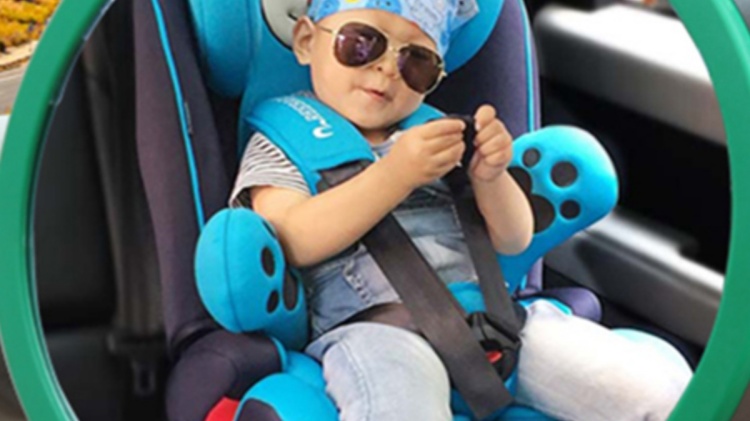
Limited previous guidance covers installing mirrors in vehicles with supplemental overhead command consoles bifurcating ceiling surfaces. Such center divider configurations require left or right ceiling recess mounting to avoid blockage.
Similarly, consoles crowding windshields using rearview lip placement also necessitates more creative adjacent field of view positioning not imposing on supplemental gauge visibility. Note too that consoles containing secondary information displays or touch panels also introduce sensitive electronic elements that mirrors must judiciously avoid.
In summary: creatively accommodate built-in console constraints identifying optimal adjacent territory anchoring for maximized viewing fields clear of existing dashboard instrumentation. Safety remains paramount but workable solutions exist given due layout consideration and precision.
Parents transporting twins or managing complex multitudes of safety seats understandably seek broader visibility. Instinct may tempt installing multiple mirror systems, yet more hardware risks loose projectiles in crashes.
Consider instead wide-angle single units or extended Egyptian Magic Mirror pyramid panels fracturing unified reflection in sections using angled facets.
Alternatively, carefully positioned slim supplemental convex blind-spot mirrors could grant peripheral glimpses without excessive proliferation. Inventive parents may even craft custom faceted mirrors inspired by kaleidoscopes using acrylic sheets and hot glue guns.
Just take extreme care that any additional components never contact airbag zones or hinder interior access. With prudent planning, even the most confounding youngest passenger patterning proves safely solvable!
In summary, prudent installation avoiding airbags and sightline limits enables legally leveraging helpful car seat mirrors nationwide for enhanced driving visibility and peace of mind. Analyze the particular contours and electronic elements of your car’s console layout to deduce optimal adjacent positioning angles granting sufficient facial glimpses without electronic impediments.
Dodge myths incorrectly paint mirrors as categorically illegal and appeal pragmatically if crossing borders internationally.
Finally, creatively explore multi-mirror solutions if transportation logistics demand broader simultaneous visibility. Safeguard your happy passengers while staying street-legal!


Driving while ensuring the baby’s safety and comfort deserves the best possible eyes-on visibility support. With so many car seat mirror options flooding the market

Installing mirrors for eyes-on-baby visibility certainly provides invaluable peace of mind. But streaky dusty buildup or scratched clouding can quickly diminish clarity from subpar maintenance.
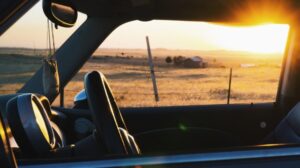
Installing a mirror for eyes-on visibility of rear passengers provides invaluable peace of mind for drivers. However, improper positioning risks safety. Optimizing the viewing angle

Installing a car seat mirror allows parents and caregivers to view children in the backseat while keeping their eyes focused safely on the road ahead.

Conscientious parents naturally seek total compliance by installing accessories like car seat mirrors for monitoring child passengers. However, navigating the patchwork of laws spanning legality,
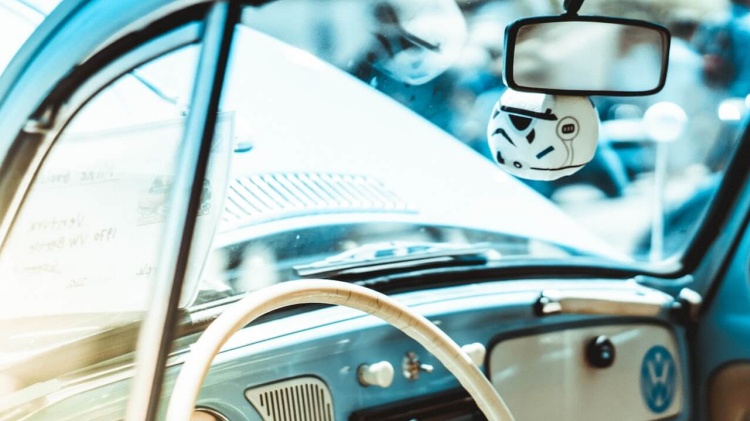
Driving while ensuring the baby’s safety and comfort deserves the best possible eyes-on visibility support. With so many car seat mirror options flooding the market
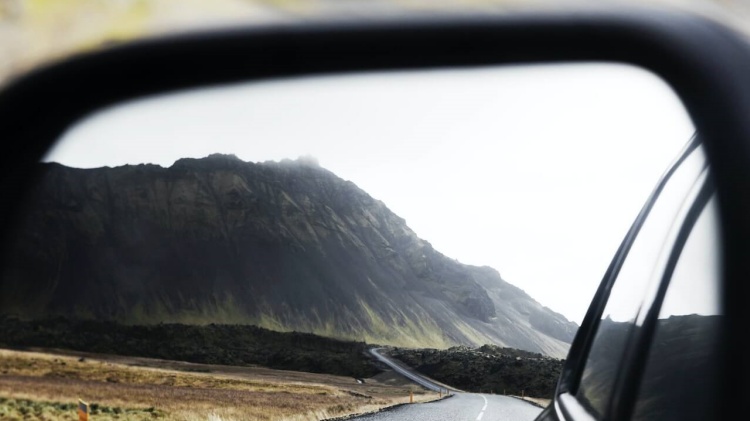
Installing mirrors for eyes-on-baby visibility certainly provides invaluable peace of mind. But streaky dusty buildup or scratched clouding can quickly diminish clarity from subpar maintenance.

Installing a mirror for eyes-on visibility of rear passengers provides invaluable peace of mind for drivers. However, improper positioning risks safety. Optimizing the viewing angle
Copyright © 2024 kiddowatchcarseatmirror. All Rights Reserved.